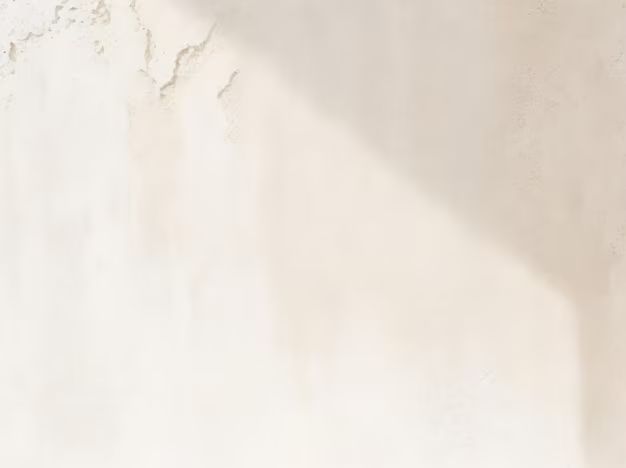This is an age-old question that has puzzled interior designers and decorators for decades. At first glance, beige may seem almost indistinguishable from white. However, upon closer inspection there are some key differences between these two popular neutral tones. Keep reading as we explore whether beige is really just white in disguise.
The Definition of Beige
Let’s start by looking at what defines the color beige. Beige is generally considered to be a pale sandy brown color. It is known for being warm, muted, and soft. Beige sits between the color brown and the off-white cream color family. It comes from the French word for natural wool that has not been bleached or dyed. So in its purest form, beige is meant to mimic an unaltered natural material.
There are countless shades of beige ranging from tan and oatmeal to honey and ivory. Some variations appear more brown, while others seem nearly white. The common thread is that beige tones are earthy, calm, and understated. Beige is a mix of brown, white, and sometimes peach or yellow undertones.
The Definition of White
White, on the other hand, is much easier to precisely define. White is the lightest possible shade. It contains no hue at all and reflects all visible wavelengths of light equally. White is pure bright lightness devoid of any coloration. Stark white has no warm or cool undertones. It is clean, crisp, and neutral.
Beige vs White Undertones
This brings us to one of the key differences between beige and white – their undertones. Beige has warm golden, brown, tan, and peach undertones. This gives it more depth and character than flat white. White’s complete lack of pigment means it does not have any undertones at all. The warm undercurrent in beige is what distinguishes it from white’s clinical starkness.
Beige Undertones
- Warm
- Golden
- Brown
- Tan
- Peach
White Undertones
- None
Use of Beige vs White
These differing undertones dictate how beige and white are each used in design. Beige’s warmth makes it well suited to create cozy, inviting spaces. Beige color palettes align well with farmhouse, cottage, traditional, rustic, and French country styles. The muted yet rich beige tones bring a sense of welcoming comfort to a room.
White, on the other hand, reads as more modern, crisp, and contemporary. The starkness of white makes it ideal for minimalist, modern, and Scandinavian design aesthetics. White creates a clean slate and feels bright and airy.
| Beige | White |
|---|---|
| Warm | Cool |
| Cozy | Crisp |
| Inviting | Stark |
| Comforting | Clean |
| Rustic | Modern |
Beige vs Off-White
Some people use the terms beige and off-white interchangeably. Off-white refers to any whitish shade that is not 100% pure bright white. So technically, beige is one variation of off-white. However, off-white is a much broader term that encompasses pale neutrals like ecru, cream, ivory, and buttermilk. Beige is more specifically defined as a light brownish tone.
Beige Qualities
- Sandy
- Earthy
- Brownish
- Warm
Off-White Qualities
- Pale
- Whitish
- Cool or warm
So while beige could be considered an off-white, not all off-whites are forms of beige. Off-white has a much wider range of potential shades and undertones.
Using Beige and White Together
Now that we’ve compared beige and white, let’s look at how they can work together in design. Combining beige and white allows you to blend the cozy warmth of beige with the airy brightness of white. This creates a versatile neutral palette that feels fresh yet comfortable.
Try using white on trim, ceilings, and furniture upholstery to contrast earthy beige walls. The beige will appear richer and more dynamic alongside crisp white accents. Or pair a beige sofa with white furnishings and decor to warm up an all-white scheme without sacrificing the clean look.
You can also layer whites and beiges in the same color family. For example, use an oatmeal colored wall with a warm ivory accent wall and lots of textured white decor. This monochromatic but multi-dimensional approach is sophisticated and elegant.
Beige + White Room Ideas
- Beige walls with white trim
- Beige sofa mixed with white chairs
- Oatmeal, ivory and white layered together
- Beige carpets with white furnishings
Beige vs White in Fashion
Much like in interior design, beige and white are both common staples in fashion. However, they serve different purposes in clothing just as they do in decorating. Beige flatters a wide range of skin tones with its earthy warmth. Pure white has a more stark, striking effect.
Beige clothing typically appears more casual and relaxed. A beige trench coat or tailored beige pants have a refined yet approachable look. The white dress shirt is a classic wardrobe essential with a smart, skilled impression. Crisp white sneakers seem fresh and modern. Off-white clothing and accessories bridge the gap with a softer neutral palette.
Both beige and white pair beautifully with other neutrals like black, brown, tan, and denim. They also serve as timeless backdrop colors that allow bolder hues to really pop when combined in an outfit. Incorporate beige and white pieces as foundational items to build fashionable looks.
Conclusion
While beige and white may seem similar at first glance, they have distinct differences that impact how they are used. Beige has warm sandy undertones that make it ideal for creating welcoming, cozy spaces. White’s lack of pigment gives it a stark, bright effect that reads as clean and modern.
However, beige and white complement each other beautifully. Combining them allows you to get the best of both neutrals in interior design and fashion. So is beige basically white? No, it offers its own unique warmth and versatility. But white and beige work together seamlessly to provide fresh, inviting appeal.


